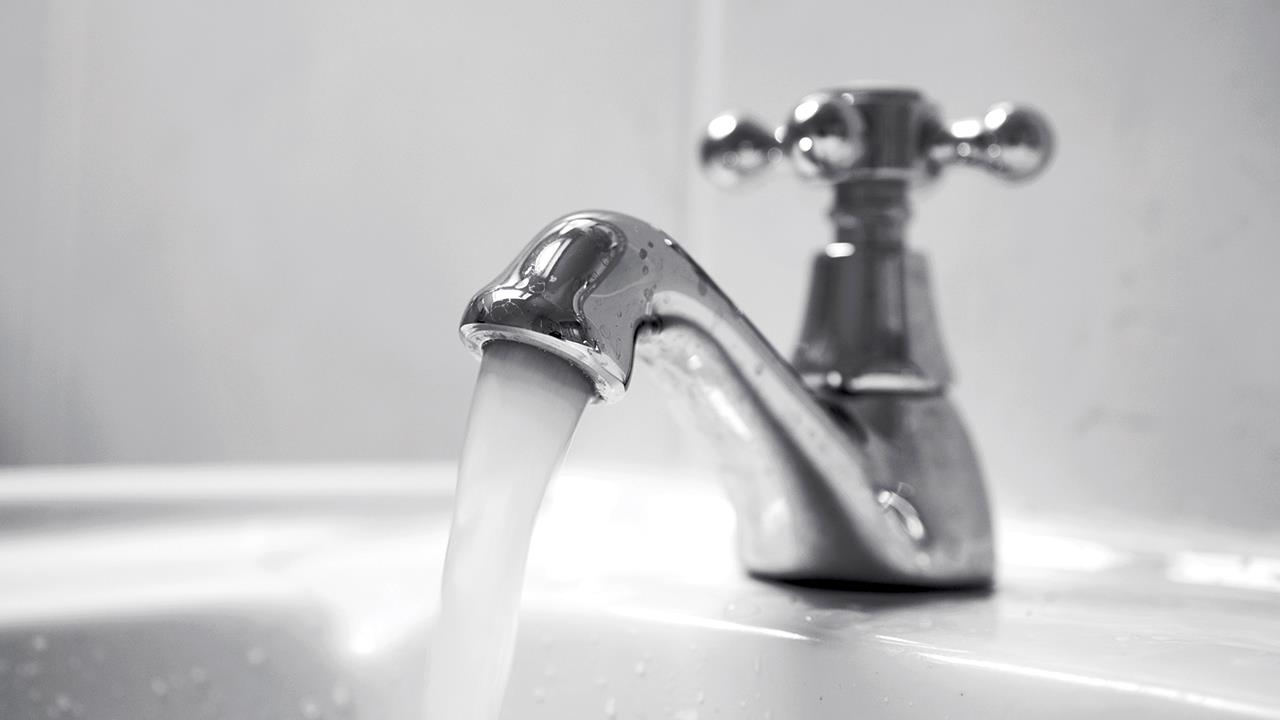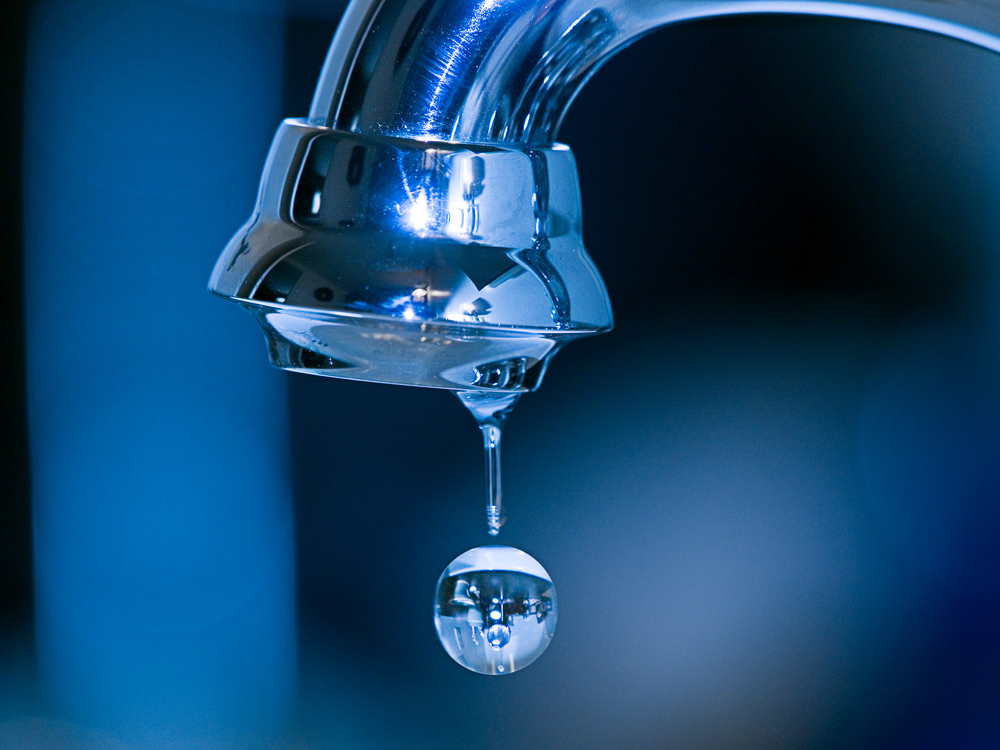The Effects of Disregarding a Damaged Faucet
The Effects of Disregarding a Damaged Faucet
Blog Article
They are making several great points about Causes and Consequences of a Leaky Faucet as a whole in the article below.

Intro
A dripping tap might feel like a minor nuisance, however its repercussions extend far past the periodic drip. Comprehending the effects of a dripping tap is critical for both homeowners and the atmosphere. In this short article, we'll discover the different effects of this common home concern and why addressing it promptly is necessary.
Causes of Leaky Faucets
Leaky faucets can result from a selection of variables, consisting of deterioration, high water stress, and corrosion. Over time, the continuous use of faucets can bring about damaged seals and gaskets, triggering leaks to establish. In addition, too much water stress can place strain on plumbing fixtures, causing leakages. Deterioration and rust can likewise damage faucet components, making them susceptible to leakage.
Water Waste
Among the most substantial effects of a leaking faucet is water wastefulness. Even a small drip can add up to gallons of wasted water in time. This not only drives up water bills but likewise contributes to water deficiency and ecological deterioration. Dealing with leaky taps immediately is important for conserving this priceless resource and reducing its impact on the world.
Financial Impact
Along with wasting water, dripping faucets can additionally have a considerable economic impact. Raised water bills are a straight effect of water waste, setting you back house owners hundreds of dollars each year. In addition, the cost of repairing water damages brought on by leakages can be significant, especially if left unattended for an extended period.
Ecological Effect
The ecological effect of dripping faucets extends beyond water wastefulness. By saving water, house owners can add to broader initiatives to minimize water deficiency and shield all-natural environments. Lasting options such as rain harvesting and water-efficient components can further reduce the ecological footprint of household water usage.
Technical Solutions
Developments in modern technology have caused the growth of smart faucets and water-saving tools that help minimize water wastage. Smart taps utilize sensors to spot motion and adjust water flow appropriately, minimizing waste without compromising comfort. Water-saving gadgets such as aerators and low-flow showerheads are also efficient in saving water without endangering efficiency.
Worldwide Perspectives
While leaky faucets might feel like a local concern, they add to more comprehensive international obstacles such as water shortage and climate change. In regions currently dealing with water anxiety, every drop counts, making leak avoidance and repair service crucial. By embracing water-saving practices and buying sustainable technologies, home owners can play their part in dealing with these pushing global concerns.
Regulative Actions
Government laws play a vital role in alleviating the influence of leaking taps and advertising water conservation. From developing codes that call for water-efficient components to water-saving incentives and refunds, policymakers have a series of tools at their disposal. By carrying out and applying these policies, federal governments can make certain that property owners prioritize water preservation in their every day lives.
Neighborhood Effect
Resolving leaking taps calls for collective efforts at the neighborhood level. By increasing recognition concerning the importance of water conservation and providing sources for leakage discovery and fixing, regional authorities can equip homeowners to take action. Efforts such as water-saving rebate programs and leak detection projects can incentivize behavior change and advertise responsible water use.
Instance Researches
Real-life instances of the influence of dripping taps highlight the value of positive upkeep and timely fixings. From water damage to skyrocketing water costs, the repercussions of overlooking leaks can be severe. By sharing these case studies, homeowners can better understand the importance of resolving dripping faucets without delay.
Educational Campaigns
Educational projects play an essential role in raising recognition concerning the results of leaky taps and promoting water conservation methods. With workshops, workshops, and on the internet resources, homeowners can learn how to spot and repair leaks themselves. By empowering individuals with expertise and tools, instructional projects can promote a culture of accountable water use within neighborhoods.
Health Problems
Dripping faucets can produce conducive atmospheres for mold and mildew and mold development, presenting health dangers to occupants. The presence of mold can aggravate respiratory system issues and allergic reactions, especially in vulnerable individuals. Additionally, water damage resulting from leakages can endanger the structural integrity of structures and cause costly fixings.
DIY vs. Professional Repair work
When confronted with a dripping faucet, homeowners typically dispute whether to attempt repairs themselves or work with an expert plumber. While DIY fixings can conserve money, they might not always resolve the underlying concern successfully. Professional plumbers have the experience and devices to detect and repair leakages correctly, making certain long-term options and peace of mind for property owners.
Safety nets
Preventing leaking taps calls for normal maintenance and proactive steps. Basic jobs such as changing damaged washing machines and seals can prevent leaks from developing. Additionally, upgrading to top quality fixtures and decreasing water pressure can help prolong the lifespan of taps and decrease the threat of leaks.
Final thought
In conclusion, the effects of a dripping tap extend far past the occasional drip. From water wastage and raised water costs to health and wellness concerns and ecological effect, the consequences of overlooking leaks can be substantial. By attending to leaky taps promptly and taking on water-saving practices, house owners can mitigate these impacts and add to a more lasting future.
Why You Shouldn’t Ignore a Leaky Faucet in Your Home
What Causes a Leaky Faucet?
Various factors can cause a leak, from loose and worn-out parts to corrosion. Your faucet has four essential components from which most plumbing issues will stem: the O-ring, the valve seat, the washer and the gasket.
What Is an O-Ring?
The O-ring is a stem screw that fastens parts of the faucet in place, preventing water from leaking out of the spout. Depending on your faucet type, the stem might have multiple O-rings. Water will drip from the faucet’s handles and base if this part breaks or deteriorates.
What Is a Valve Seat?
The valve seat controls the flow and temperature of the water. Found at the base of the handle, it works as a seal for the faucet’s stem. The valve seat ensures the water is allowed to flow or is blocked as the handles dictate. You’ll know it’s malfunctioning when water leaks from your faucet’s sides.
What Is a Gasket?
The gasket is found between the water inlet and the valve stem. It creates a seal between the faucet and the sink, holding its joints by aerators attached to the stem’s head. Water will trickle out from the base if the gasket isn’t working.
What Is a Washer?
The washer secures the handles and prevents leakage, serving a similar purpose to the O-ring. While the O-ring is ordinarily round and made from an elastic material, such as rubber, the washer is square-shaped and composed of brass, copper and other hard metals. If it malfunctions, corrodes or has been improperly installed, water will leak out of the handles, causing that incessant faucet drip.
Why Is a Leaky Faucet Dangerous?
A leaky faucet left alone for too long can have significant consequences.
Pest Infestations
Since bugs and rodents gravitate towards the scent of water, a leaky faucet will draw pests to your sink. Both are looking for leaks accessible through crawl spaces, which a faucet provides. If you leave water dripping for too long, you run the risk of an infestation.
Rust
If one of the faucet parts has started to corrode, the resulting rust can spread to your pipes and valves with startling speed. The rust might even lead to cracks or other impairments, resulting in more severe plumbing issues.
Your sink could also sustain damage from a leaky faucet. The water in your tap possesses sparse elements of calcium and iron that can stain your sink with repeated and prolonged exposure. Once those elements in the water have been open to the air for some time, your sink will start to rust, creating marks that can be difficult to remove.
https://www.tomsmechanical.com/blog/why-you-shouldnt-ignore-a-leaky-faucet-in-your-home

I'm just very fascinated with Here's How to Fix a Leaky Faucet and I am praying you liked my page. You should take the opportunity to share this blog entry if you enjoyed it. Thank you so much for taking the time to read it.
Report this page